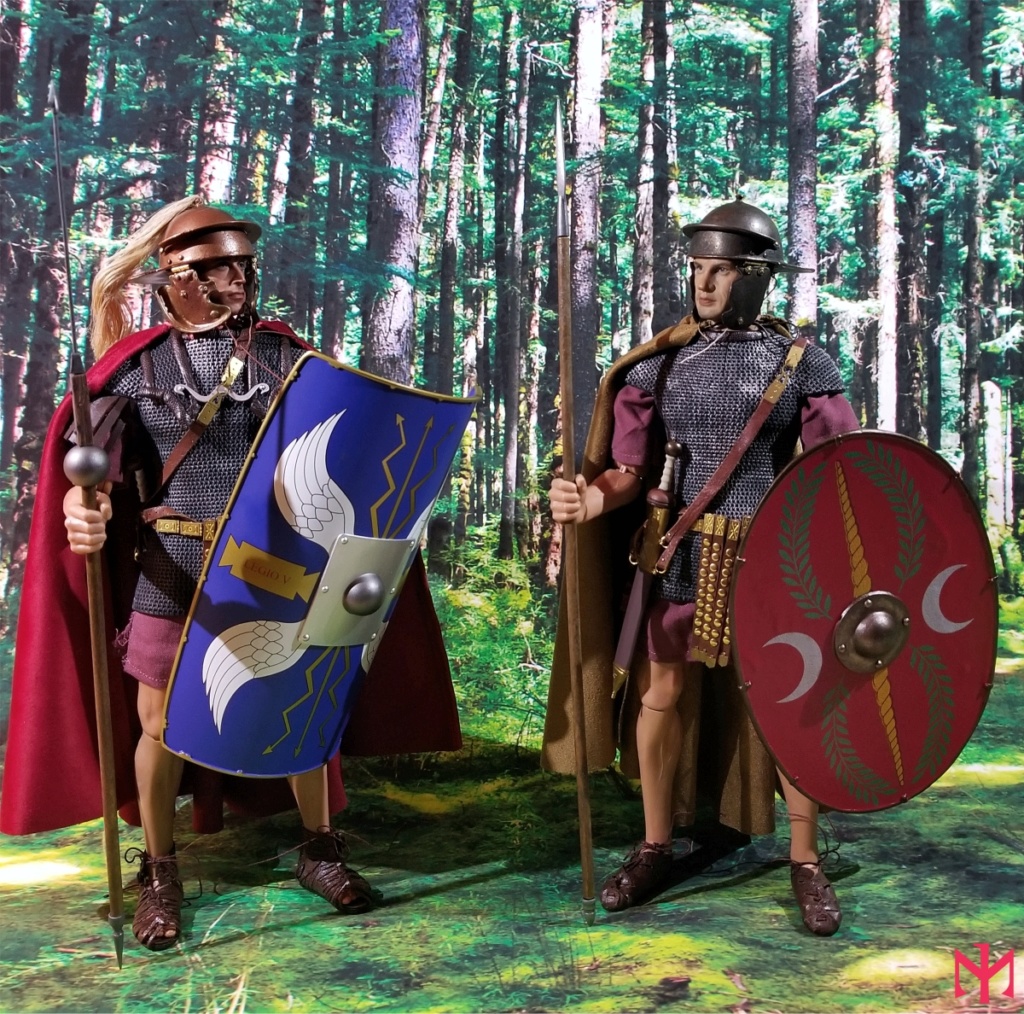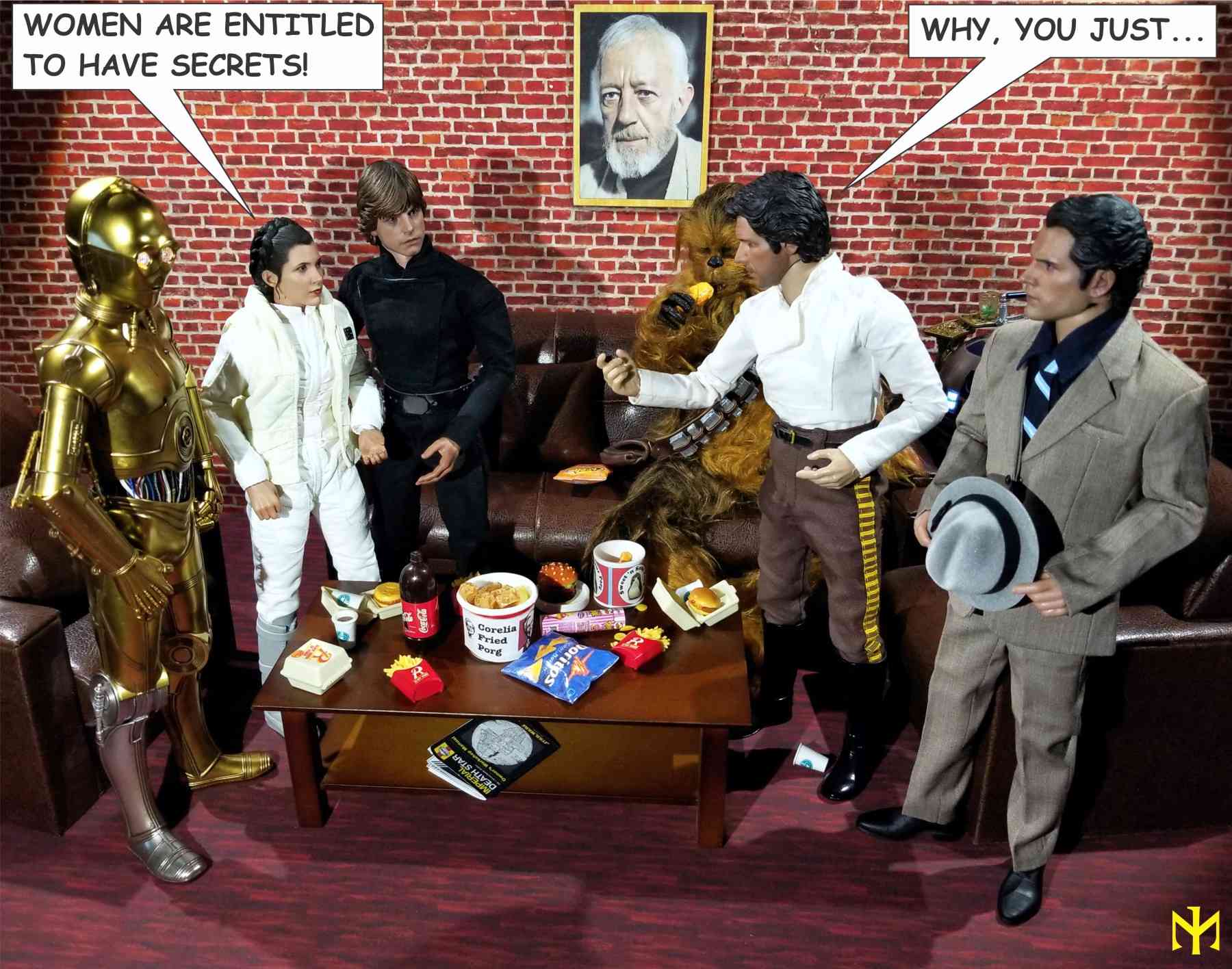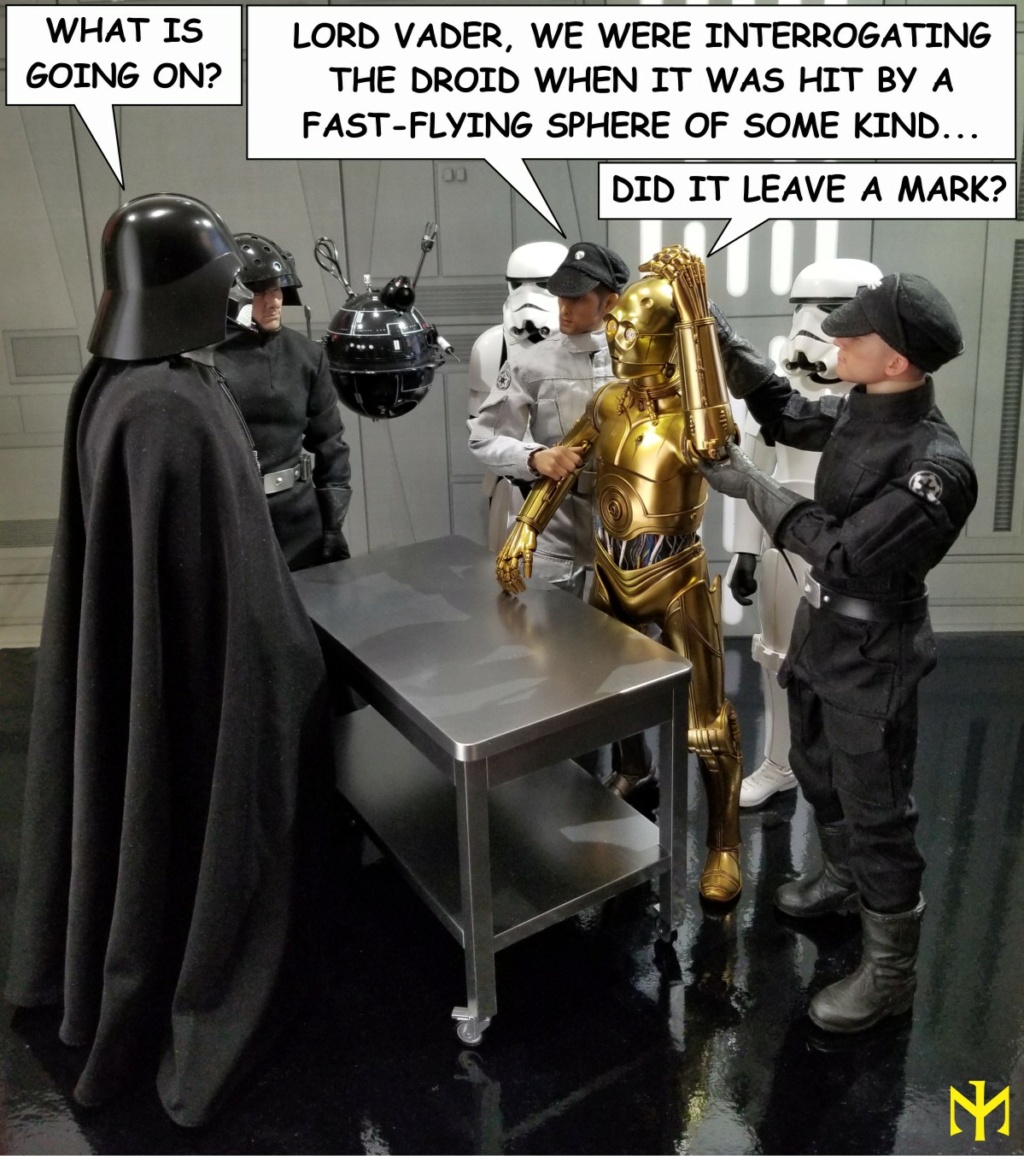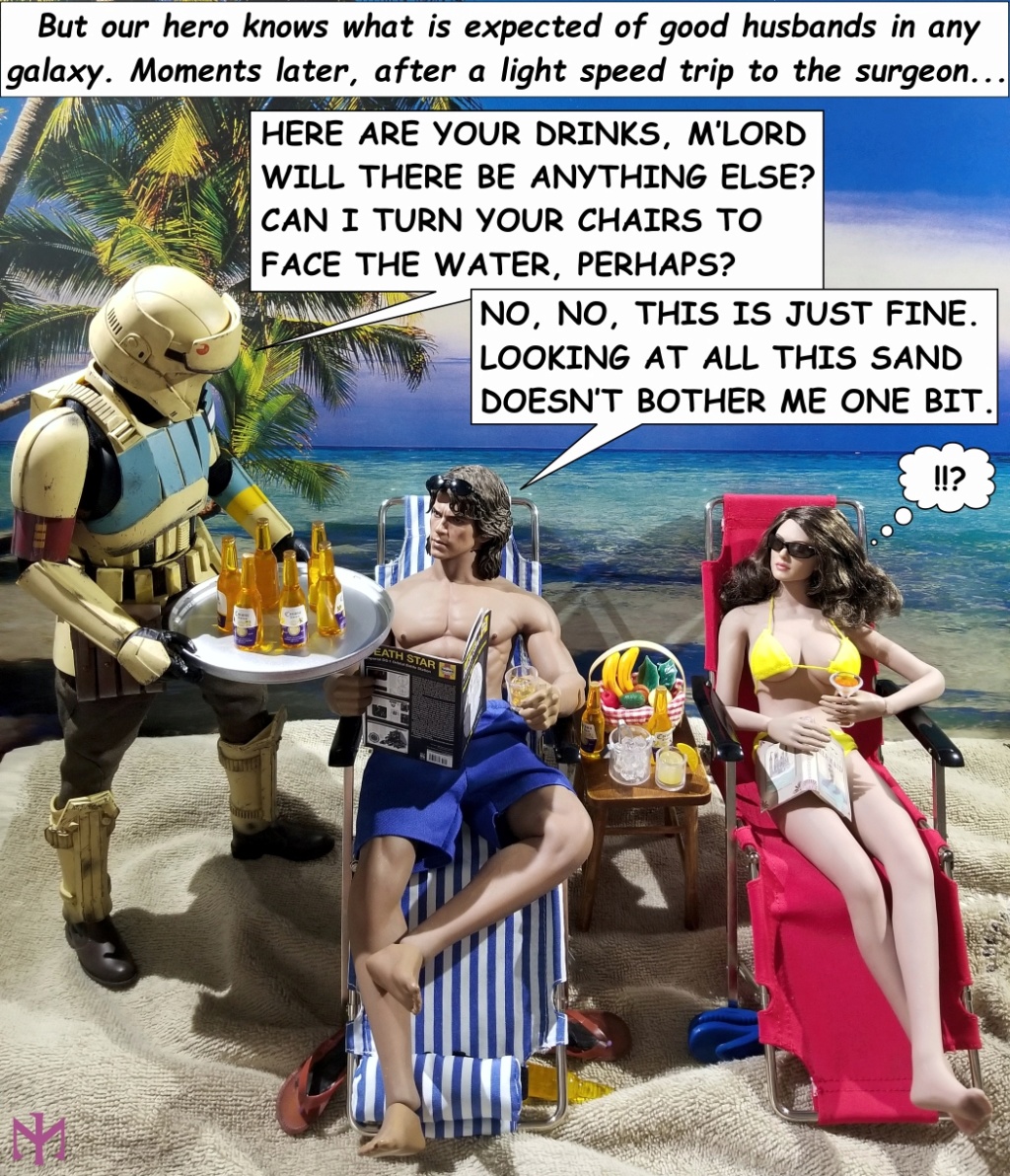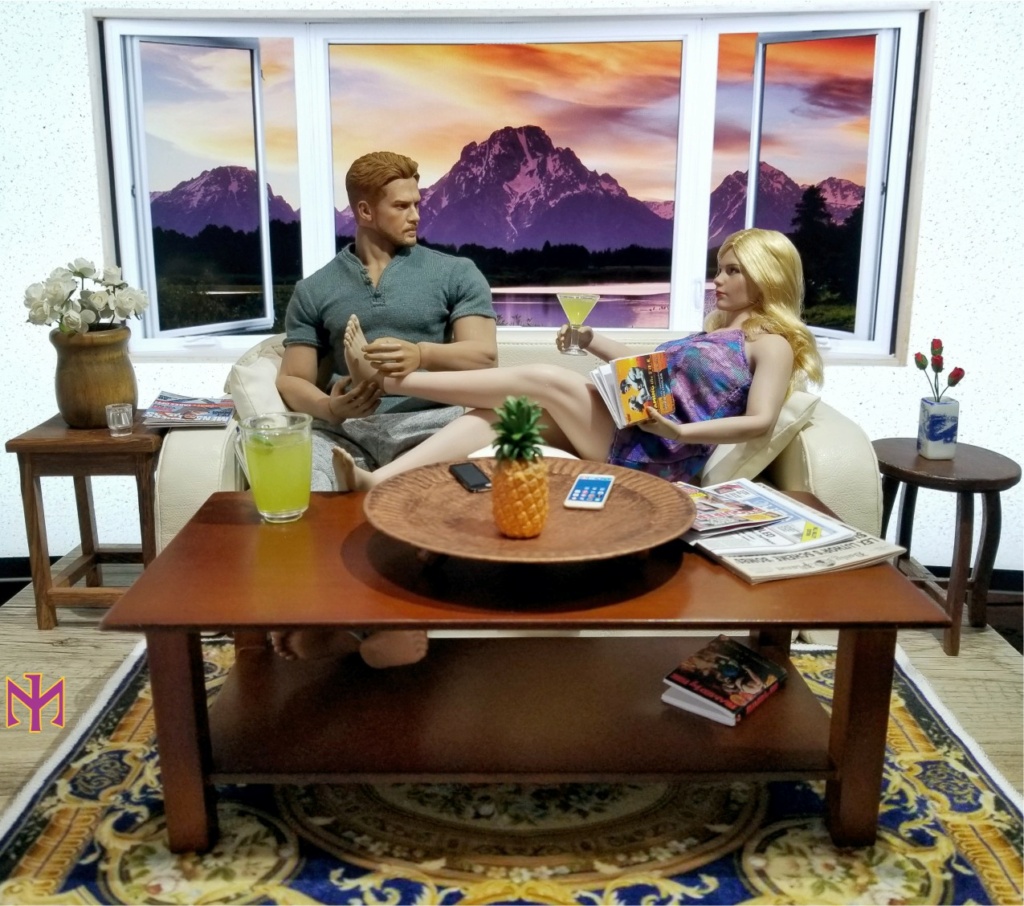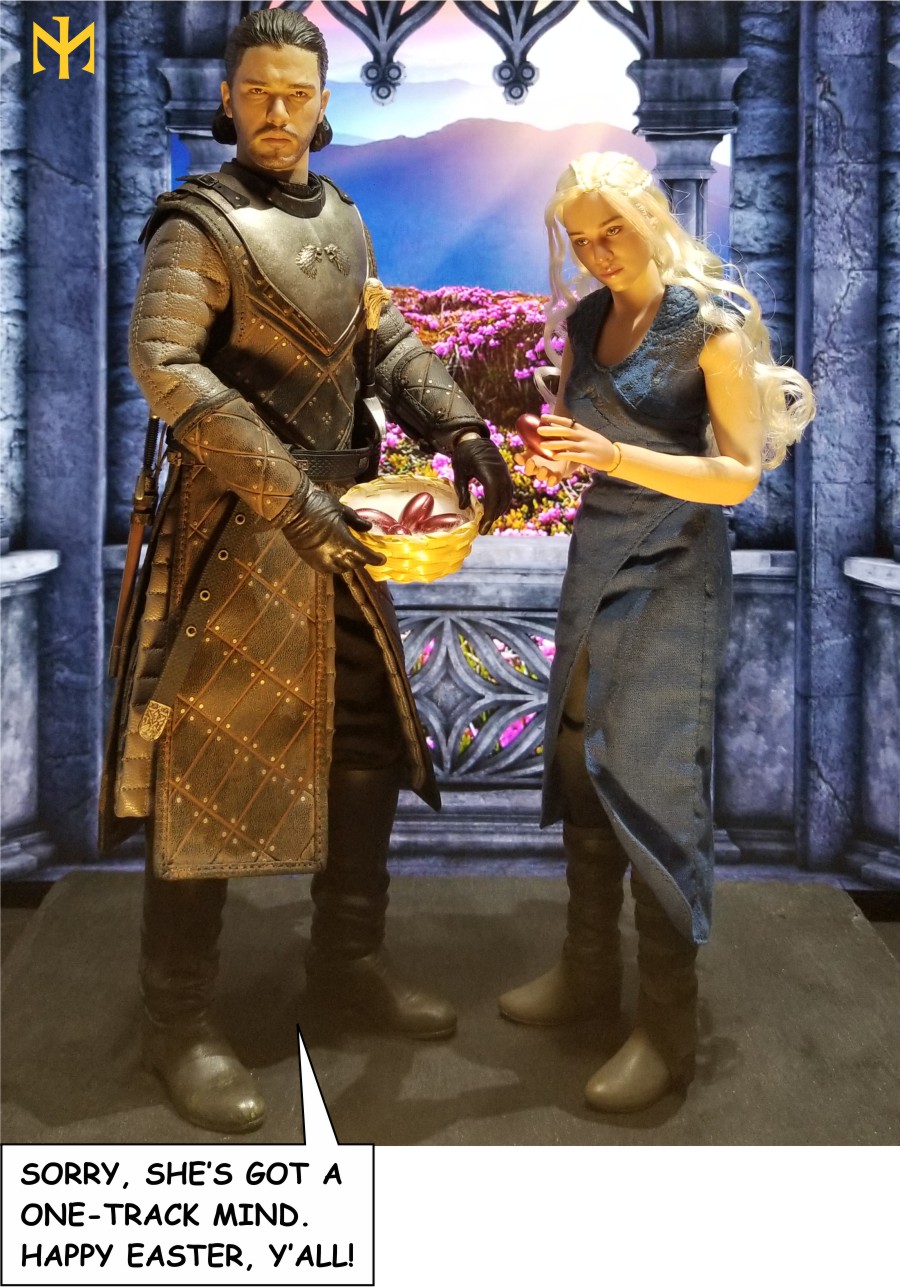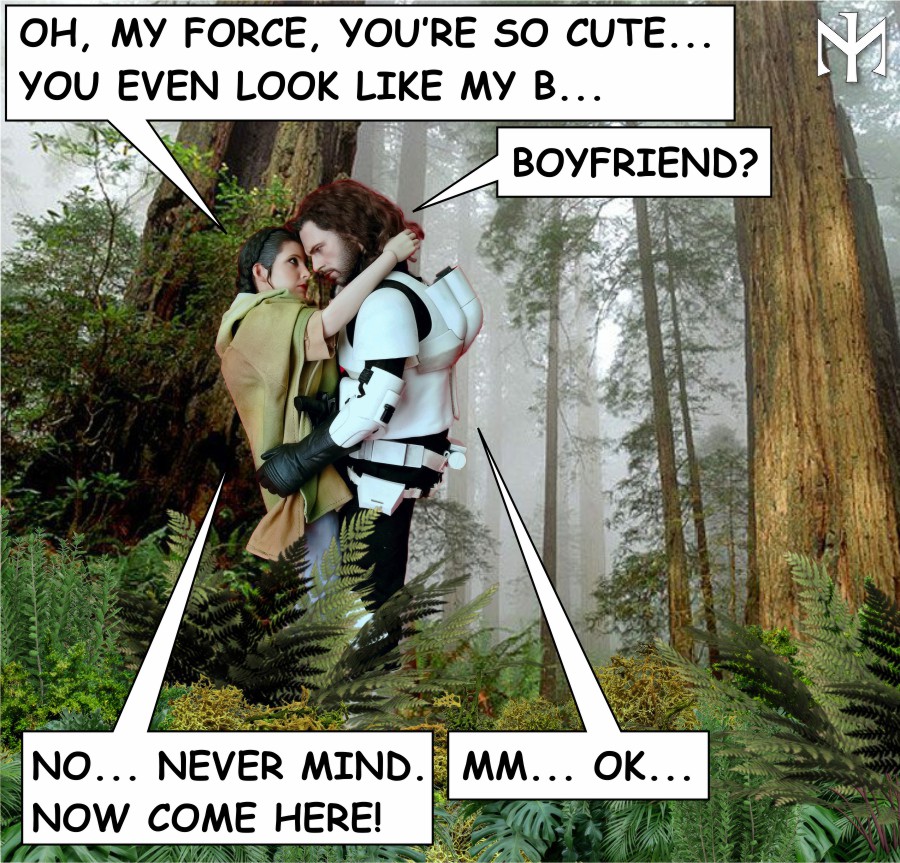Hi, I would be so very grateful for any help and advice in relation to extending digital photographs for use as scenes or backdrops. Possibly using Adobe Photoshop (although admittedly I'm a complete novice!).
I'm just starting out in the world of 1/6 figures and appreciate I may be running before I'm walking. As I've been thinking about taking some pictures of my figures set against computerised photographic backdrops. I've seen a few really good techniques using a digital camera and either a laptop or TV screen displaying the backdrop with the character set against it.
Some look absolutely fantastic, and I think this method will be my best starting point. However, I've noticed that the vast majority of the pictures either focus on the upper portion of the figure, or are at ground level to get the whole of the body into the frame without the end result breaking the scene. Especially as there often isn't any supporting foreground diorama.
I did notice one technique though that really piqued my interest. This is by taking an existing picture with a wall and floor area then digitally extending the lower section for printing. By placing this underneath the character it gives a three dimensional effect when set against the backdrop. I really am quite taken by this idea with this allowing a more elevated view, and am hoping to use this to create some action photographs with my own figures so they look immersed within the scene.
From my understanding, 'transform' is used in Adobe Photoshop to extend the floor area so when printed along with the original backdrop and placed together creates an illusion of a three dimension environment.
With me hoping to take this forward the questions I kindly have are:
I appreciate this won't be quite as good as having an actual diorama, where I would be so very grateful for any advice or critique that may help me go some way to producing the overall desired effect I'm hoping to achieve.
With my very kind regards
Paul
I'm just starting out in the world of 1/6 figures and appreciate I may be running before I'm walking. As I've been thinking about taking some pictures of my figures set against computerised photographic backdrops. I've seen a few really good techniques using a digital camera and either a laptop or TV screen displaying the backdrop with the character set against it.
Some look absolutely fantastic, and I think this method will be my best starting point. However, I've noticed that the vast majority of the pictures either focus on the upper portion of the figure, or are at ground level to get the whole of the body into the frame without the end result breaking the scene. Especially as there often isn't any supporting foreground diorama.
I did notice one technique though that really piqued my interest. This is by taking an existing picture with a wall and floor area then digitally extending the lower section for printing. By placing this underneath the character it gives a three dimensional effect when set against the backdrop. I really am quite taken by this idea with this allowing a more elevated view, and am hoping to use this to create some action photographs with my own figures so they look immersed within the scene.
From my understanding, 'transform' is used in Adobe Photoshop to extend the floor area so when printed along with the original backdrop and placed together creates an illusion of a three dimension environment.
With me hoping to take this forward the questions I kindly have are:
- If there is a basic step by step process anyone knows that I could follow to achieve this?
- How do I join the extended section to the backdrop so it aligns and matches?, and
- How to maintain perspective so the extended floor isn't either angled too high or too low?
I appreciate this won't be quite as good as having an actual diorama, where I would be so very grateful for any advice or critique that may help me go some way to producing the overall desired effect I'm hoping to achieve.
With my very kind regards
Paul


